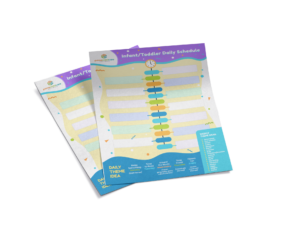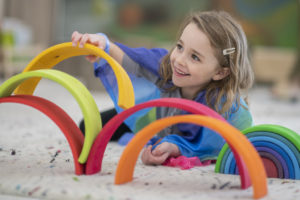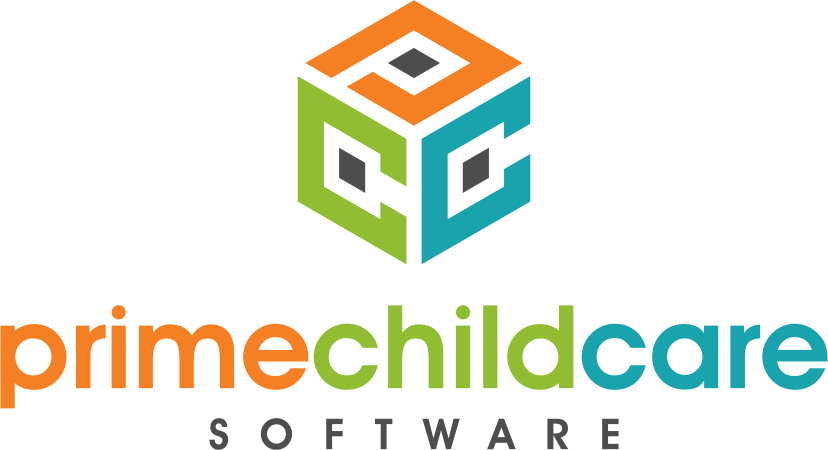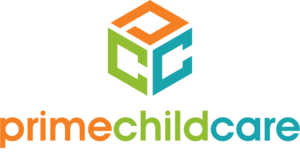In light of the global pandemic, COVID-19 is making headlines everywhere, but what exactly is it? To get a real-time view of COVID-19 cases worldwide, check out this Johns Hopkins resource. Undeniably, our way of life has been upended within a short space of time. And, many professionals in the childcare field are wondering what this means for them. In order to help directors respond more effectively to the ongoing crisis, we have created a COVID-19 childcare center operations guide for you.
What is COVID-19?
Though it’s unclear, evidence and data are pointing towards an animal source as the origin of the devastating virus. In addition, the Centers for Disease Control and Prevention (CDC) have identified COVID-19 as a contagious respiratory illness.
The symptoms of COVID-19 include fever, shortness of breath, and a cough. In elderly patients with comorbidities (the simultaneous presence of two chronic illnesses), pneumonia and multi-organ failure may result. Medical experts have advised people to practice social distancing as a form of deterrence.
COVID-19 Info Sheets and Videos
For more information about COVID-19, check out these resources from the CDC:
- What to do if you’re sick (CDC)
- COVID-19 fact sheet (CDC)
- Health promotion materials for daycare centers (CDC)
- Guide for daycare administrators (CDC)
- Guidance for school settings in light of an outbreak and considerations for school closings (CDC)
- NAEYC Resources For COVID-19
- Childcare Aware Resources for COVID-19
- Childcare Aware Webinar on COVID-19
- After School Alliance info sheet on COVID-19
Survival Rates: Facts to Know for COVID-19 Daycare Center Operations
How serious is the epidemic? According to research, the survival rate for COVID-19 is about 97%. And, some reports suggest that the mortality rate is less than 1%. Although no vaccine exists for the illness as of this writing, most patients recover after a period of rest. To keep up with coronavirus cases in the United States, please visit the CDC website.
Put a Strategic Plan in Place for Daycare Center Operations
Want to cut through all the hype? First, watch childcare business coach Evelyn Knight’s’ informative video about COVID-19. Knight’s expertise is especially helpful to childcare center directors. In a recent post, Knight stressed the importance of having a strategic plan in place. Essentially, she encourages people to be proactive rather than reactive. She also noted the importance of collaboration.
When families and staff have an open line of communication, panic and confusion decrease during times of uncertainty. Most importantly, flexibility is key as the virus is constantly evolving.
COVID-19 Childcare Center Operations Resources
Childcare owners and directors must navigate many challenges when it comes to COVID-19. They know how much families rely on them, and they understand the financial and logistic burdens many parents face. That said, many childcare centers are doing everything they can to weather the storm. Over the past month, professionals in the childcare field have shared essential tips and tricks for navigating the issues precipitated by COVID-19. Here are some of them:
- Have you decided to close your center for a period of time? If so, use Zoom for videoconferencing with staff. Try to hold digital meetings several times a week to keep everyone updated about new developments.
- Deliver value during a closure by repainting and remodeling (especially if funds allow). Wipe down all surfaces with disinfectants. After completion, take pictures to leverage in new ads.
- Check out childcare business expert Kris Murray’s videos for inspiration and advice on helping your center survive the COVID-19 crisis.
- Use this COVID-19 Daycare Closure Template to send out letters to parents.
- Learn how to keep parents engaged during the COVID-19 lockdown
- Register for Tom Copeland’s seminar on navigating the financial fallout from COVID-19. You can also sign up to get a recording of the seminar if you can’t attend.
- Pursuing a loan is an option to cover unprecedented financial loss. Consider working with the Small Business Administration (SBA) to secure an Economic Injury Disaster Loan.
A Quick COVID-19 Childcare Center Operations Guide for Centers That Stay Open
Many directors are pondering the feasibility of childcare centers staying open amidst the global pandemic. At the moment, several states have allowed daycare centers to remain open. Among them are Oregon, Maryland (with expanded childcare for providers of medical services and law enforcement), New Hampshire, Texas, California, and Florida.
Be sure to follow your state’s guidelines if you choose to keep your childcare center open during this time.
In the event that a childcare director chooses to remain open against a state’s recommendations, we suggest putting an indemnification provision in place. Putting such a provision in place means asking families to formally absolve your center of liabilities during the crisis. This clause would also offer additional legal protections for childcare center owners and directors.
Interestingly, the virus causes fewer complications in children. Children also show greater resilience against COVID-19. Generally, children “do not appear to be at higher risk for COVID-19 than adults,” according to the CDC.
Finally, be sure to visit the WHO website for recommendations for childcare centers that opt to remain open during the crisis. Among other things, WHO recommends that daycare centers clean and disinfect buildings, provide hygiene supplies for children, and increase airflow and ventilation in their buildings.
State-by-State COVID-19 Info
Prime Child Care Software Helps You Keep Parents and Staff Informed During the COVID-19 Crisis
If you remain undecided about closing your daycare center, this coronavirus flowchart may prove helpful.
And, to help parents navigate the discussion about coronavirus, consider sharing these resources from the National Association of School Psychologists and the Child Mind Institute.
Have more questions or concerns? If so, Prime Child Care Software is always here to help and answer your questions. Be sure to check out our blog for new information as we navigate the COVID-19 outbreak together.
Recent Articles From Prime:

Infant & Toddler Daily Schedule Template
We know that planning out your days can take some serious work and organization. To help you plan your daily schedule, we’ve put together a schedule template for you to print out and fill in with your plans. Check out this pre-made schedule sheet to help customize the plan for your children’s days! … Read More

7 Top Digital Marketing Strategies for Daycares
How do you get parents to choose your daycare? Are you struggling to increase your enrollment numbers? If so, implement our top digital marketing strategies today! … Read More

9 Classroom Ideas to be Thankful for This November
Interactive activities and entertaining lesson plans are fun for kids and can provide numerous benefits for their learning, physical well-being, and social and behavioral skills. Here are exciting classroom ideas for November! … Read More

6 Secrets to Help Toddlers Develop a Love for Reading
Good reading skills benefit the child academically and are an essential skill for lifelong success. The following tips will help you turn your toddler into an avid reader all through the different life stages. … Read More

5 Social Media Marketing Ideas to Increase Montessori Enrollment
You believe in the Montessori philosophy of learning. Now, all you have to do is share it with the world. Learn how to increase your enrollment with these social media marketing ideas. … Read More

3 Ways to Ensure Parents and Guardians Are Reading Health Notices and Policy Changes
Now more than ever parents need to stay up-to-date with your daycare center. Getting them the information is easy. Getting them to actually read it, though, tends to be much more difficult. So how do you make sure important information is getting to parents? … Read More










